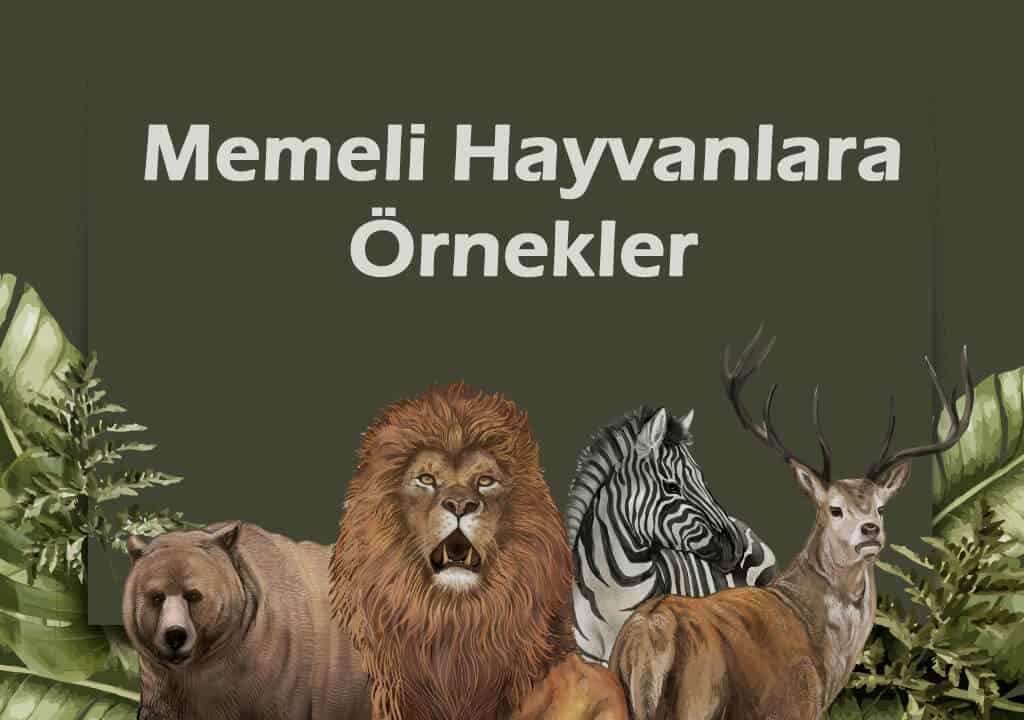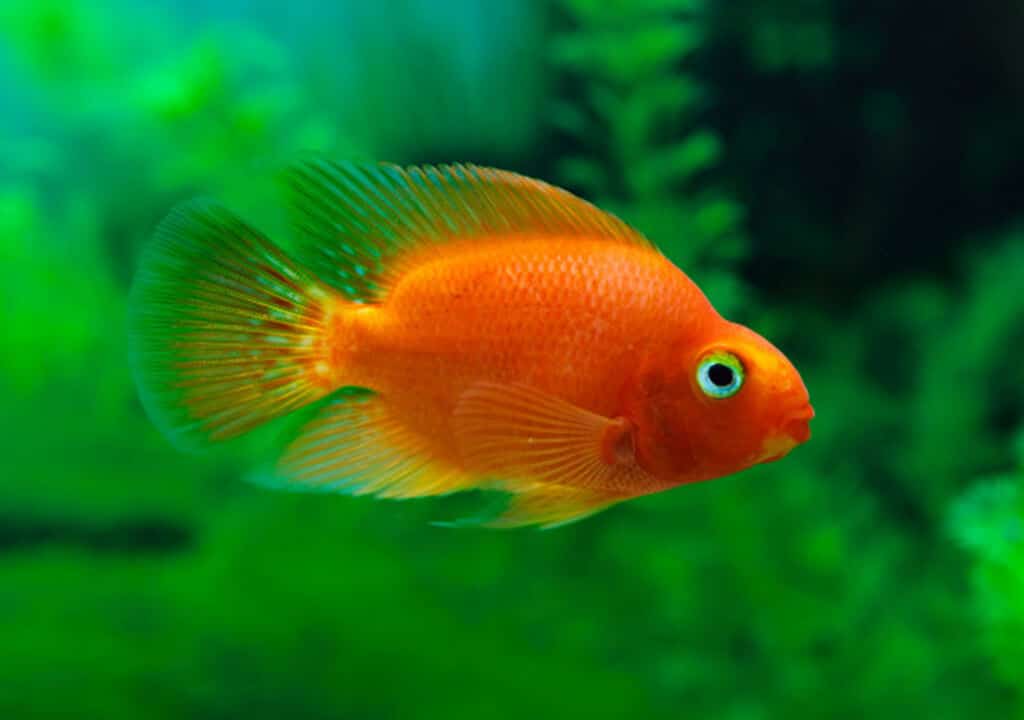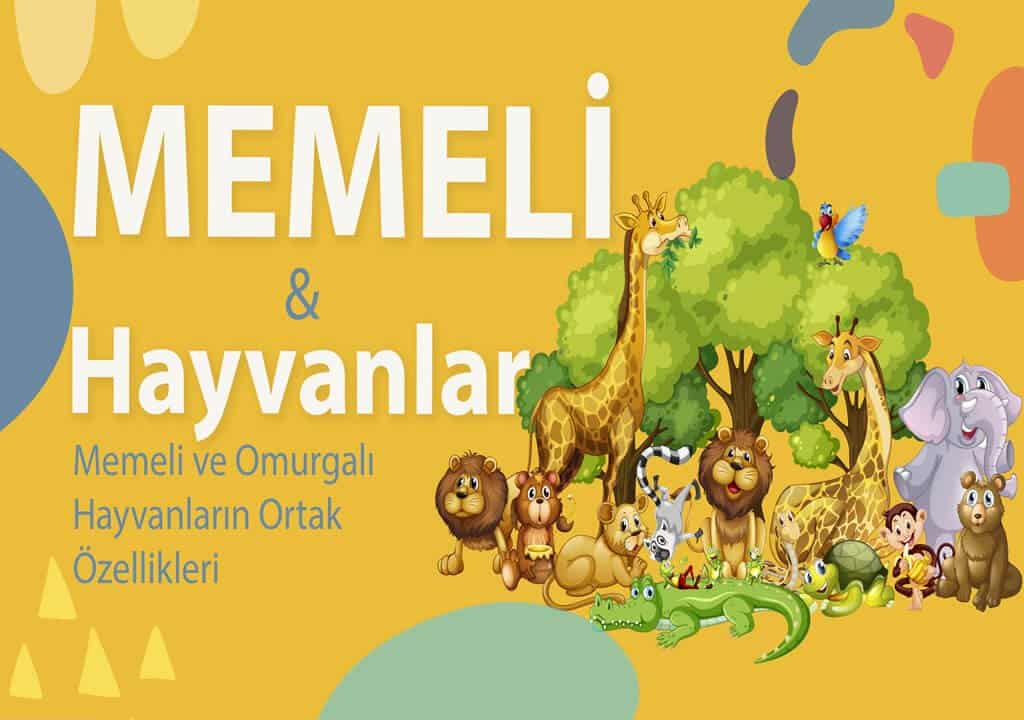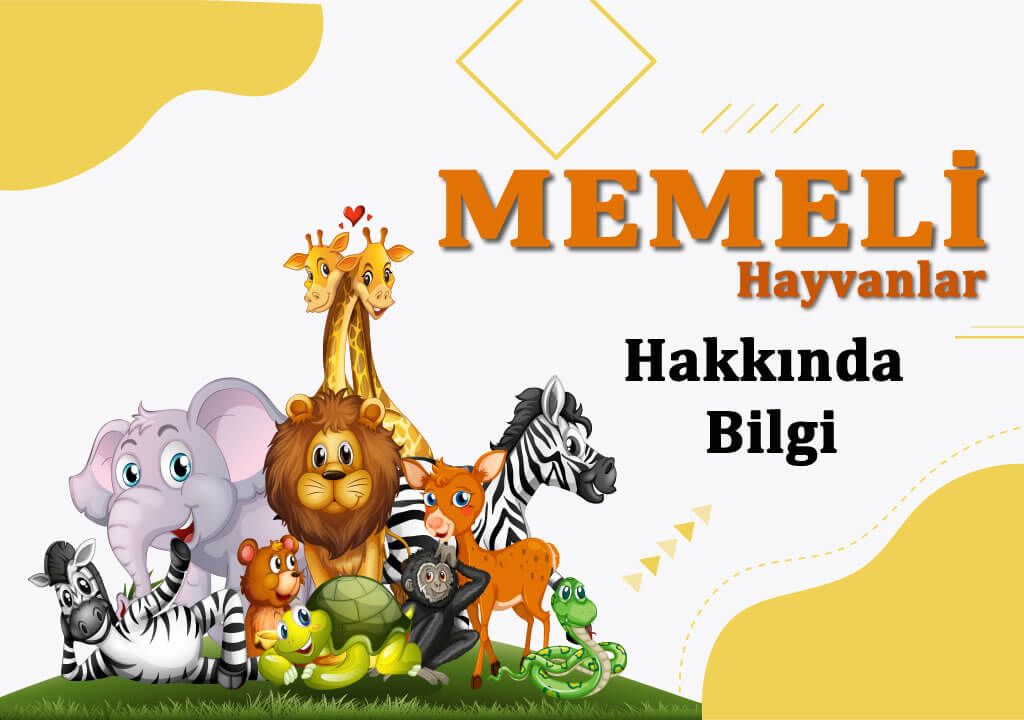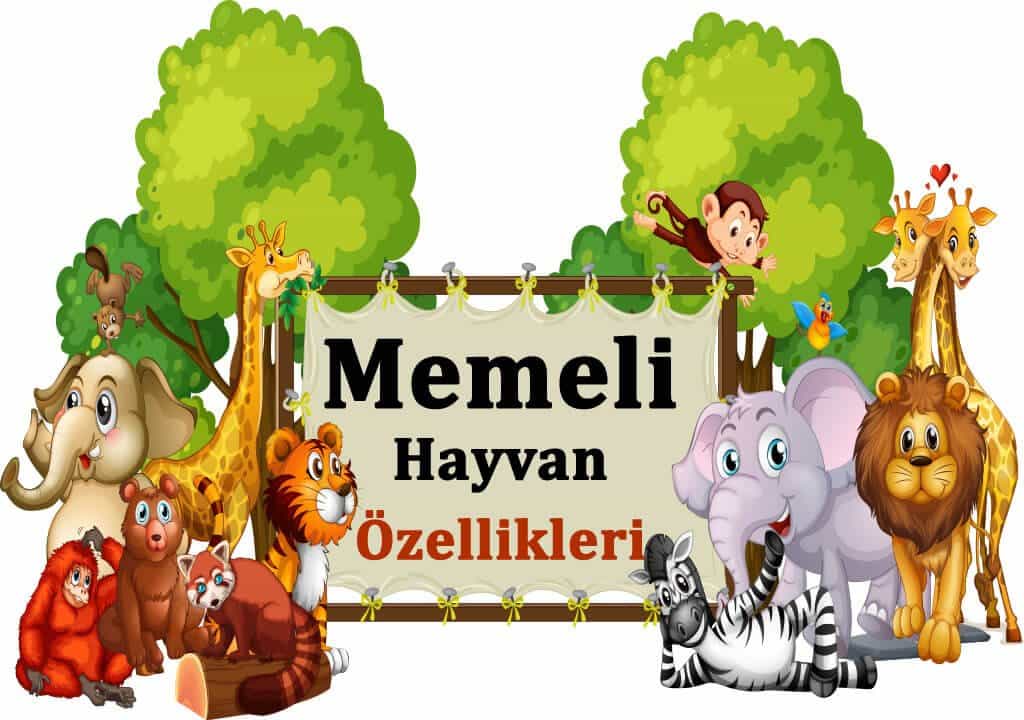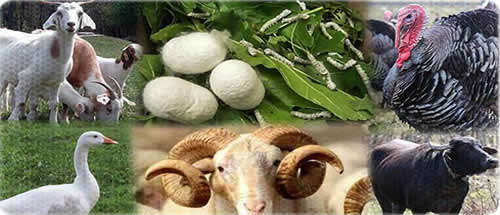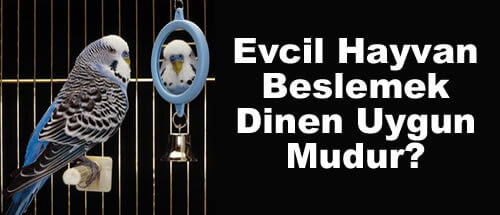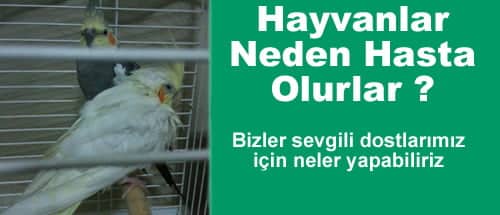Blog
How Are Animals Created?
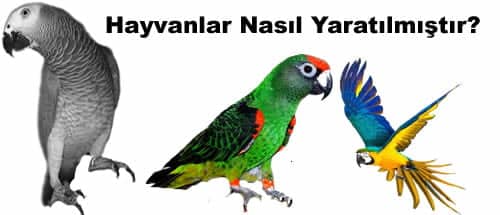
Creation of the Animal in Religious Perspective
There are religious and scientific theories about animalcreation. From a religious point of view, St. Adam and Hz. It is said that after Eve, other living things were created from soil and water. The Qur’an contains the verse “We created everything living from water”. In the Bible, “Let the earth spawn all kinds of living creatures, domestic and wild animals, and reptiles.” part is included. In the Torah, “All living things will be food for you. Like green plants, I give them all to you.” section is included. Considering these, the most basic feature of animals in religious texts is to help people. Apart from this, Noah’s Flood is also an important event for the creation of animals and the continuation of their generation. Noah’s Flood, the fact that a couple of each animal was put on the ship shows us how important animal generation is for humans and nature. Again, the end of the Flood is understood by an animal.
Animals in Scientific Perspective
When we consider the formation of animals, leaving aside religious texts, we encounter the theory of evolution. When we look at the views of both Darwin and Lamarck, the cooling of the earth, the formation of nitrogen, etc. After such events, the world has become suitable for living things. It was thought that the single-celled creatures that formed in the waters in turn produced fish and underwater plants, then the fishes changed into amphibians, and the animals formed on the land when the amphibians came to the land formed by the withdrawal of the waters. Previously, dinosaur species, insects, fish, etc. Although animals such as these are on land, they have survived to the present day as a generation of poultry after the extinction of the dinosaurs.
If we consider the period after the dinosaurs, the diversity increased so much that they transformed from primates to Homo-Sapiens, Homo-Erectus and Neanderthals. Although only Homo-Sapiens have survived, it is all about the creation of animals.
Considering all these, it is clear that humans and animals cannot be separated from each other in the light of both religious and scientific knowledge.





